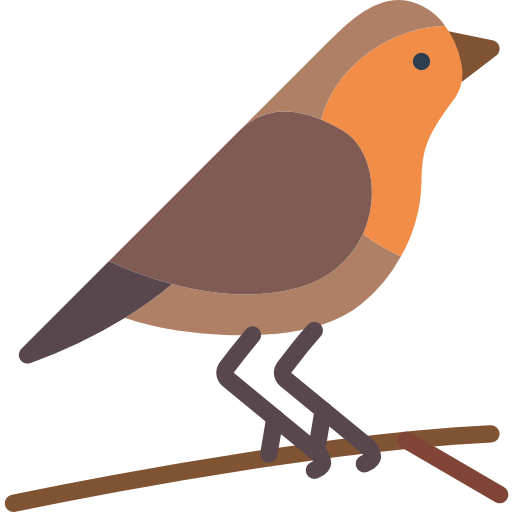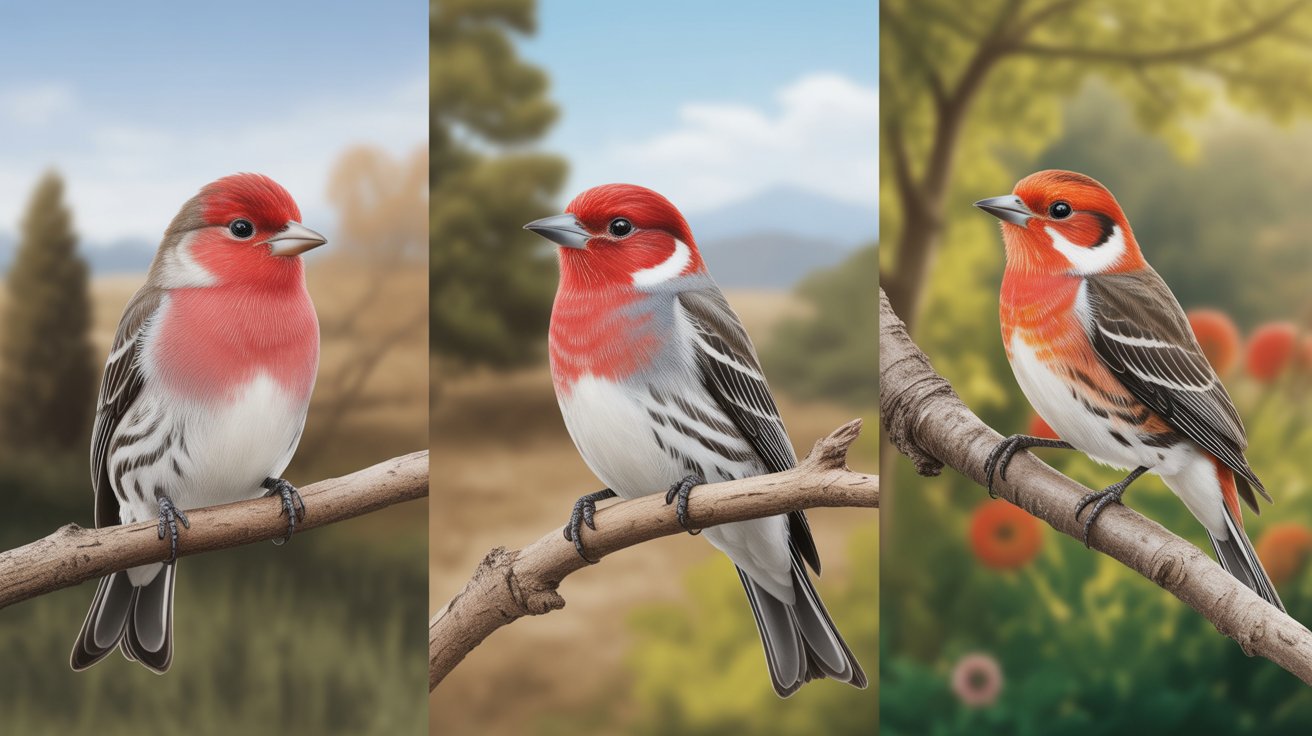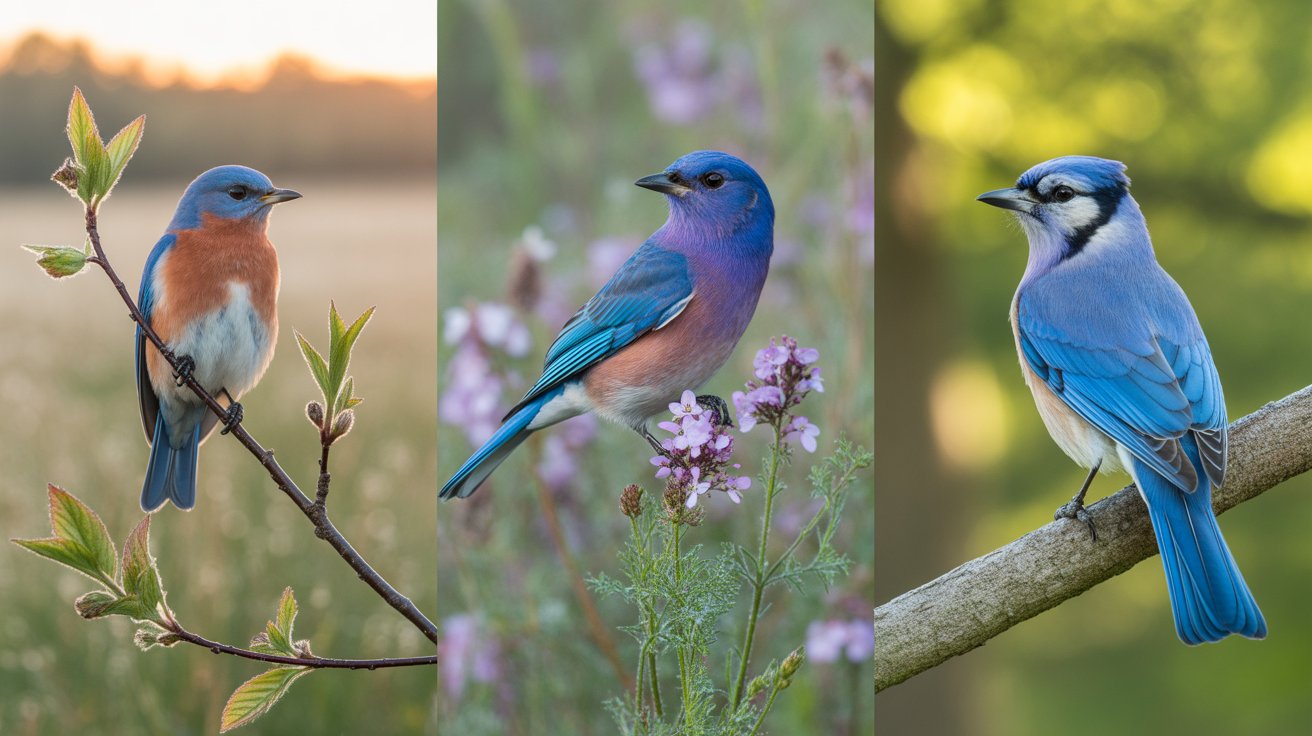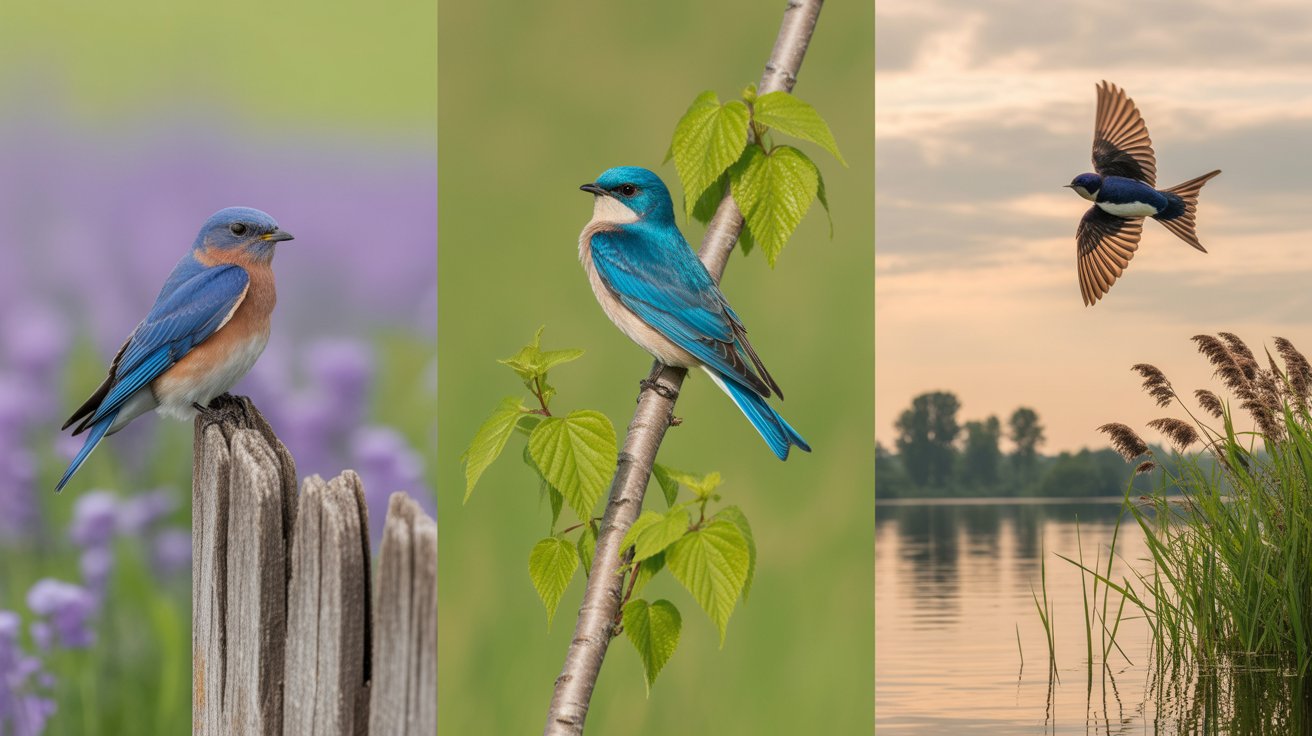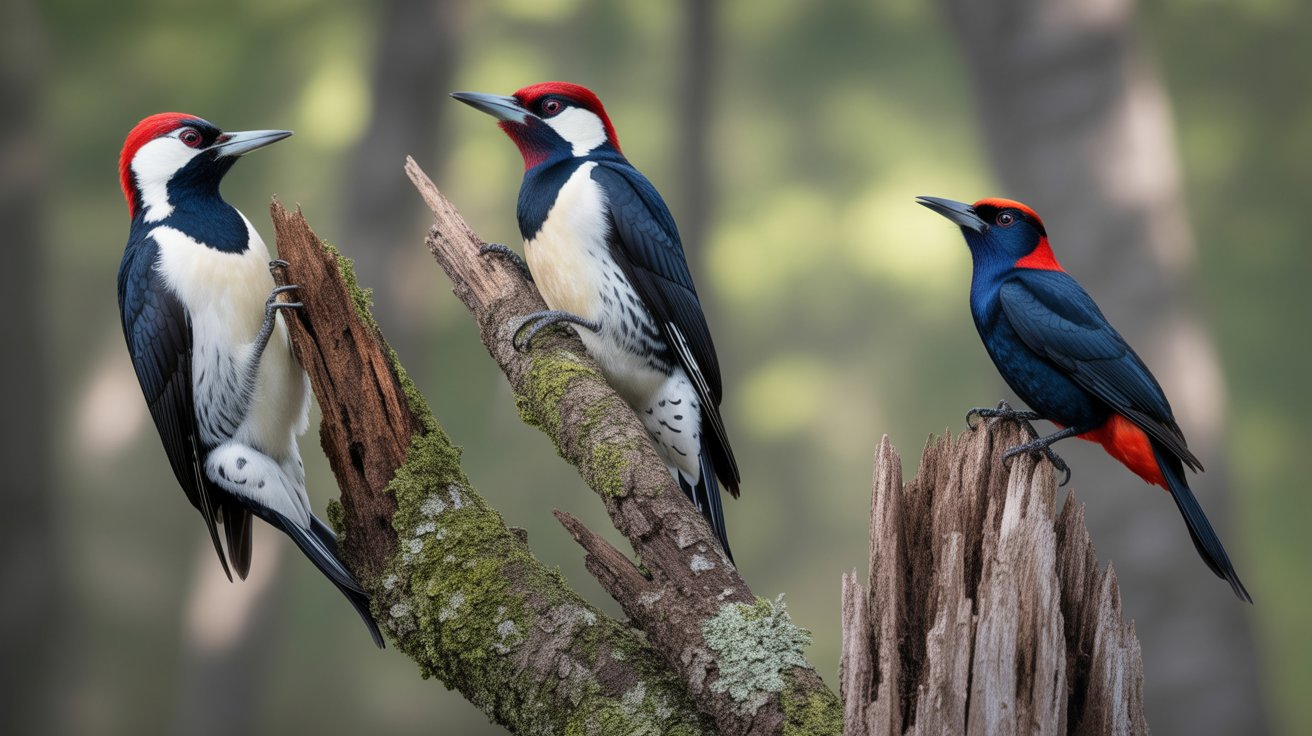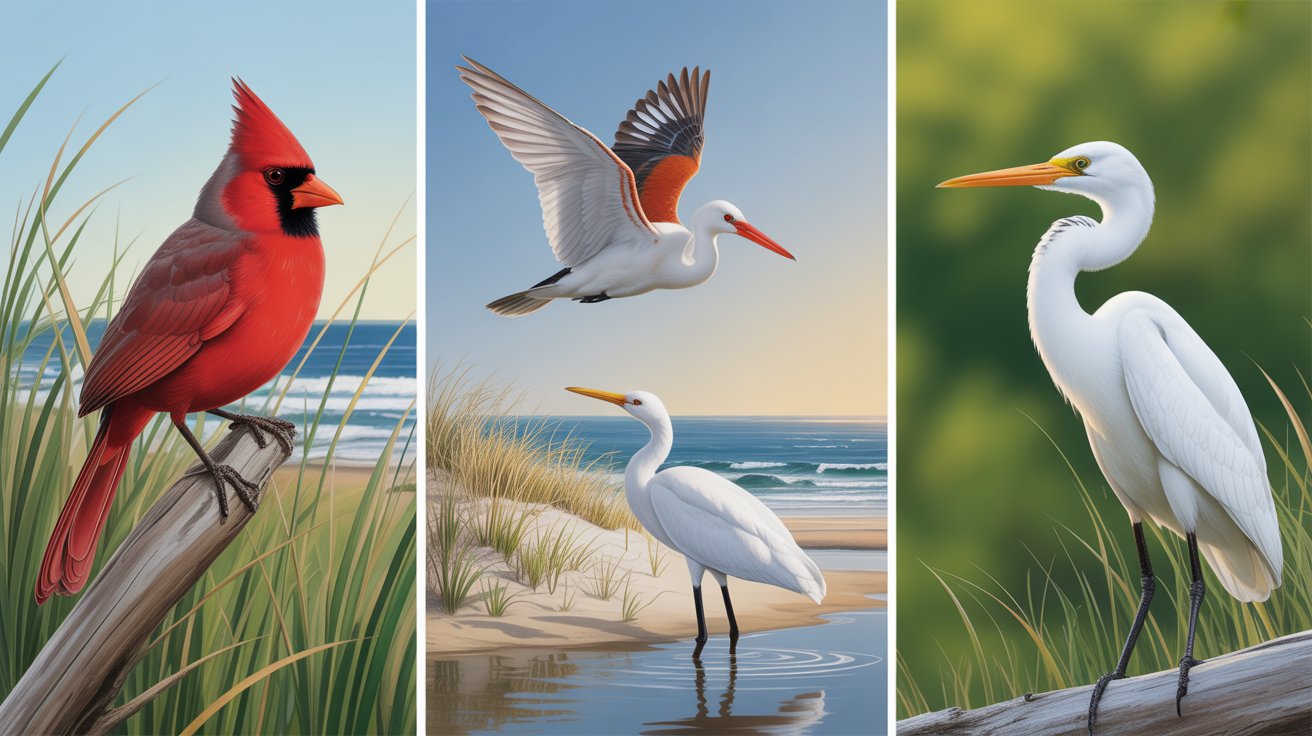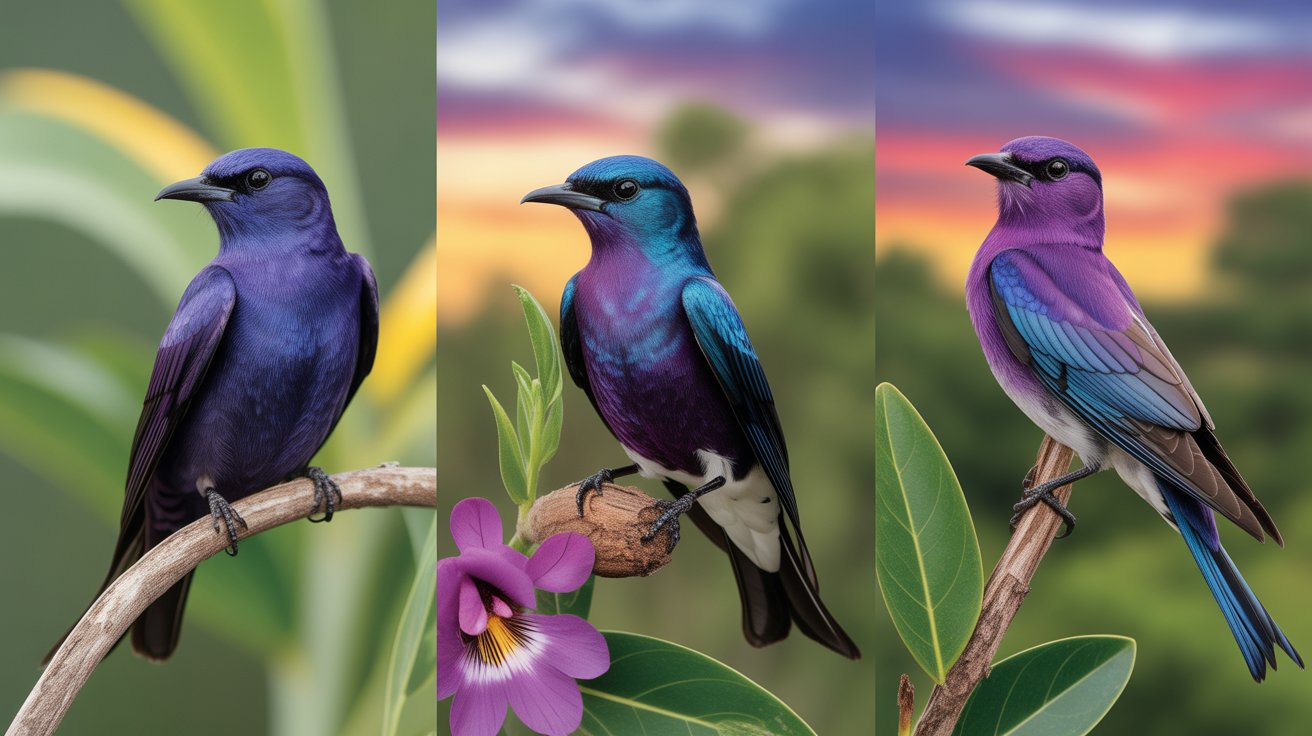If you’ve ever been mesmerized by the swift flutter of a hummingbird’s wings or the way they hover with laser focus around blossoms, you’re not alone. Hummingbirds are among the most enchanting visitors a garden can attract. Creating a hummingbird-friendly garden isn’t just a rewarding hobby—it’s an invitation to experience nature in its most magical form, right from your backyard.
Whether you’re an experienced gardener or just starting out, making a hummingbird garden is easier than you might think. With the right plants, water sources, shelter, and placement, you can build a paradise that draws hummingbirds throughout the season. Best of all, you don’t need a huge space. Even a small balcony or corner of your yard can be transformed into a hummingbird haven.
In this guide, you’ll learn how to make a hummingbird garden that blooms with life. We’ll walk through the basics of what hummingbirds need, how to design your layout, which flowers and feeders to choose, and tips for maintaining your garden. You’ll also find answers to common questions to help you get started confidently.
Let’s dive into the vibrant, fluttering world of hummingbird gardening and create a space that both you and your tiny winged visitors will love.
Contents
- How to Make a Hummingbird Garden
- Step 1: Choose the Right Location
- Step 2: Pick the Best Hummingbird Flowers
- Step 3: Add Feeders for Extra Nectar
- Step 4: Provide Clean Water for Bathing
- Step 5: Include Perching Spots and Shelter
- Step 6: Avoid Pesticides and Encourage Insects
- Step 7: Maintain Your Garden Year-Round
- FAQs
- Conclusion
How to Make a Hummingbird Garden
Basic Needs of Hummingbirds
Before you dive into planting, it’s essential to understand what hummingbirds need to thrive:
1. Nectar-Rich Flowers
Hummingbirds have a high metabolism and rely on nectar for energy. Flowers that produce a lot of nectar—especially tubular, brightly colored ones—are their favorites. Reds, oranges, and pinks are particularly attractive to them.
2. Clean Feeders
In addition to flowers, you can provide nectar through feeders. Use a 1:4 ratio of sugar to water (1 part sugar, 4 parts water), and clean the feeders every few days to prevent mold and bacteria.
3. Water Source for Bathing
Though they drink nectar, hummingbirds still need clean water for bathing. They prefer misters, fountains, or shallow birdbaths with moving water.
4. Shelter and Perches
Hummingbirds need a place to rest and hide from predators. Shrubs, small trees, and vines give them perching spots and protection.
5. Insect Supply
Surprisingly, hummingbirds don’t survive on nectar alone. They also feed on insects like gnats and spiders for protein. Avoid pesticides and let nature balance itself.
Now that you know what they need, let’s explore the step-by-step guide to building the perfect hummingbird garden.
Step 1: Choose the Right Location
Choosing the right location for your hummingbird garden sets the stage for everything else. Ideally, pick a sunny spot, as hummingbirds are most active in bright areas and flowers bloom best with ample sunlight. Look for a space that gets at least 6 hours of sun per day.
You’ll also want to consider visibility—both for the hummingbirds and for you. Place your garden near a window or porch so you can enjoy the view. It’s also wise to keep the garden somewhat protected from strong winds that might disturb the birds or damage delicate flowers.
If possible, set your garden away from noisy or high-traffic zones. Hummingbirds are bold but appreciate calm environments where they can feed and perch undisturbed. A mix of open sunny spots and shaded areas with trees or shrubs will provide everything they need—from food to shelter.
Whether you have a full backyard or just a patio with containers, the location should feel open yet safe. With a well-placed garden, hummingbirds will feel welcome to return often.
Step 2: Pick the Best Hummingbird Flowers
Flowers are the heart of your hummingbird garden. These tiny birds are drawn to plants that produce nectar-rich, tubular blooms in bright colors. When choosing flowers, aim for a mix of native and ornamental varieties that bloom at different times of the year.
Some top choices include:
- Bee Balm (Monarda)
- Salvia
- Trumpet Vine
- Columbine
- Fuchsia
- Lantana
- Zinnia
- Coral Bells
- Cardinal Flower
To keep hummingbirds coming back, stagger your plantings so something is always in bloom. Choose flowers with overlapping blooming periods from early spring through late summer. This ensures a steady nectar supply.
Arrange flowers in groups or clusters rather than single plants. This makes it easier for hummingbirds to find them and stay longer in your garden. Also, consider planting vertically—mixing tall plants, medium-height perennials, and low ground cover.
By filling your garden with layered, blooming color, you’ll offer a natural buffet hummingbirds won’t resist.
Step 3: Add Feeders for Extra Nectar
Even with a variety of flowers, feeders can play a vital role in supporting hummingbirds—especially during migration or when flowers aren’t in bloom.
Choose red feeders without yellow parts (which can attract bees and wasps). Avoid using red dye in nectar—it’s unnecessary and possibly harmful. Instead, make your own sugar water with the classic 1:4 ratio (1 part white sugar, 4 parts water), boiling the mixture and allowing it to cool.
Hang feeders in shaded areas to slow fermentation and keep the nectar fresher longer. Clean the feeders at least every 3 days—more often in hot weather. Mold or spoiled nectar can harm the birds.
Spacing is also important. If you place multiple feeders, space them out to prevent territorial fighting. Hummingbirds can be surprisingly aggressive around food sources.
Feeders can’t replace flowers, but they offer a reliable energy boost—especially when planted blooms are scarce.
Step 4: Provide Clean Water for Bathing
Hummingbirds don’t just feed—they bathe frequently to keep their feathers clean and functional. But they don’t use standard birdbaths. Instead, they prefer shallow water with gentle movement.
Consider installing a small mister, dripper, or fountain. These not only attract hummingbirds but also keep water fresher by discouraging mosquito larvae. You can also use a shallow dish with pebbles, allowing the birds to perch while bathing.
Place your water feature near flowers or feeders, ideally in a partially shaded area. This helps keep the water cool and clean longer. If possible, keep a small leaf-covered branch nearby where hummingbirds can preen afterward.
Clean your water source regularly. Dirty water can be harmful and unattractive to all birds. With consistent care, your garden’s water feature becomes a refreshing oasis.
Step 5: Include Perching Spots and Shelter
While hummingbirds are constantly flitting about, they do need to rest between feedings. Perches give them a place to survey their territory, rest their wings, or even take a quick nap.
Include small trees, tall shrubs, or even thin branches and wires where they can perch. Natural materials work best. If your space lacks tall vegetation, consider placing a few thin dowels or installing a decorative garden structure that offers shelter and rest spots.
In addition to perching areas, shelter is vital. Dense shrubs or hedges provide hiding spots from predators and shelter from storms. Hummingbirds don’t nest in birdhouses—they build tiny, camouflaged nests in trees or shrubs, so keep those areas undisturbed.
Providing both exposed and hidden areas ensures hummingbirds feel safe, increasing their chances of returning regularly.
Step 6: Avoid Pesticides and Encourage Insects
It might surprise you to know that nectar isn’t a hummingbird’s only source of food. They also eat insects and spiders to meet their protein needs, especially during breeding season when they’re feeding young.
To support this natural food chain, avoid using pesticides in your garden. Pesticides not only kill off insect populations but can also contaminate nectar and water, harming the birds.
Instead, allow your garden to develop a natural balance. Leaf litter, native grasses, and flowering plants all help attract small insects. Spiders—even though they might seem unwelcome—are essential for hummingbird diets and nest-building.
You can also include plants like dill, fennel, or milkweed that naturally attract beneficial insects.
By creating a pesticide-free habitat, you’re supporting a more holistic ecosystem that benefits hummingbirds and your entire garden.
Step 7: Maintain Your Garden Year-Round
A hummingbird garden isn’t a one-and-done project—it needs consistent care to remain attractive and safe.
Deadhead flowers regularly to encourage more blooms. Refill feeders with fresh nectar and clean them thoroughly. Trim back overgrown plants but leave enough shelter for perching and nesting.
In colder climates, plan for seasonal changes. As fall approaches, continue offering nectar for migrating birds, and plant late-blooming flowers like salvia or autumn sage. Some gardeners also hang feeders into early winter to support late migrators.
Mark a calendar for seasonal planting, pruning, and cleaning. Keeping your space tidy, blooming, and bird-friendly throughout the year will reward you with returning visitors—and maybe even new ones.
With dedication, your hummingbird garden becomes a living, breathing haven that offers joy through every season.
FAQs
1. How long does it take for hummingbirds to find a new garden?
It can take a few days to a few weeks. Hummingbirds are migratory and may discover your garden during seasonal movements, especially if your flowers and feeders are visible and well-maintained.
2. Is it okay to use red dye in hummingbird feeders?
No. Red dye is unnecessary and could be harmful to birds. The red color of the feeder itself is enough to attract hummingbirds.
3. Can I plant a hummingbird garden in containers?
Absolutely. Many nectar-rich flowers grow well in pots. Container gardens are great for patios or balconies and can be moved to catch sunlight or avoid wind.
4. Do hummingbirds come back to the same garden each year?
Yes. Hummingbirds have excellent memory and often return to the same feeding spots and gardens year after year if conditions remain favorable.
5. What time of day are hummingbirds most active?
Hummingbirds are most active in the early morning and late afternoon. That’s when they do most of their feeding and are easiest to spot in your garden.
Conclusion
Creating a hummingbird garden isn’t just about attracting birds—it’s about inviting energy, color, and life into your outdoor space. From the selection of vibrant flowers to the soothing hum of fluttering wings, every detail contributes to a backyard experience that’s both peaceful and exhilarating.
As you nurture your garden, you’ll begin to notice subtle rhythms—birds returning at certain hours, blooms opening in sequence, and the dance between nectar, insects, and nature. Whether you have acres or just a few square feet, there’s room to create a hummingbird-friendly environment.
With patience, care, and the tips you’ve learned, your garden will become a trusted haven for hummingbirds and a sanctuary for you. So grab your gloves, pick your flowers, and start building a space that buzzes with life. The hummingbirds are waiting.
